- Home
- slideshows
- miscellaneous
- How dangerous is it to visit Chernobyl? We asked a nuclear waste expert involved in the cleanup.
How dangerous is it to visit Chernobyl? We asked a nuclear waste expert involved in the cleanup.
Be mindful of the risks, but don't worry too much about radiation poisoning.

Stay on the main pathways.
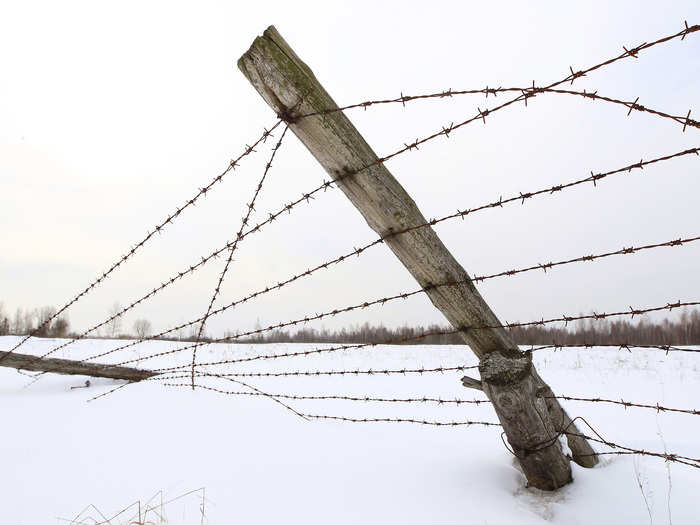
Tourists are only allowed in areas that have been deemed safe by the government, but, as a researcher, Corkhill was allowed to visit the cooling towers of reactor number 5, which were just being built at the time of the accident.
"We had personal dosimeters with us and, all of a sudden, my dosimeter just started going crazy — like a huge dose of radioactivity," she said.
At the time, Corkhill was with a group of PhD researchers. ("We wouldn't take paying students. There'd be too many insurance claims," she joked.) The researchers wanted to chase after the source of the radiation, but Corkhill wanted to exercise caution.
"I was like, 'No, let's just keep moving,'" she said. "I don't want to stand there for too long."
Definitely don't wander into the forest, where the trees are contaminated with radioactivity.
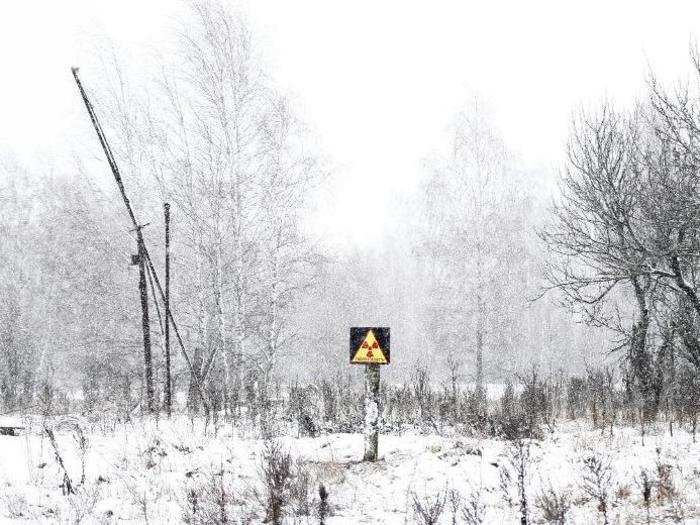
Corkhill said the exclusion zone contains a "huge forested region" that hasn't been decontaminated. "It wasn't possible to clean the soil underneath the trees," she said.
Corkhill said tourists who stick to major pathways aren't likely to experience high levels of radiation like she did.
"You will probably get more radiation from the flight that you take," she said. That's especially true if you're coming from the US. At 33,000 feet, she said, "you have less protection from the earth's atmosphere, the sun's radiation, and cosmic rays and particles."
Don't pet the stray dogs, unless you're a Chernobyl worker.
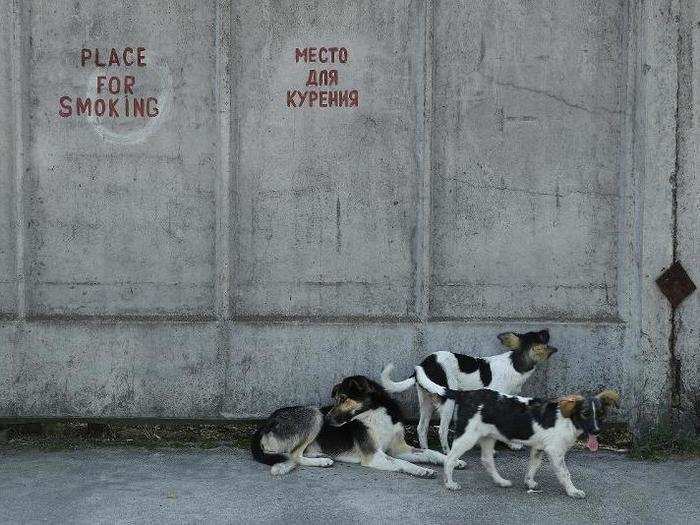
About 36 hours after the explosion, Pripyat residents were given just 50 minutes to gather their belongings and board the throngs of buses that had come to take them away. None were allowed to bring their pets.
Today, about 300 stray dogs remain in the exclusion zone. Corkhill said the dogs are "mangy" and "not very well looked after." Few live past the age of 6 because of radiation poisoning.
"They're very friendly, but you want to avoid petting them because they will have radiation on them," Corkhill said.
She added that many of the cleanup workers at the Chernobyl plant have taken the dogs under their wing or even adopted them. Corkhill said the workers are probably petting the dogs quite often, but "they're the ones going into the reactor everyday, so it's part of the risk."
Bring your long sleeves, but avoid rolling them up.
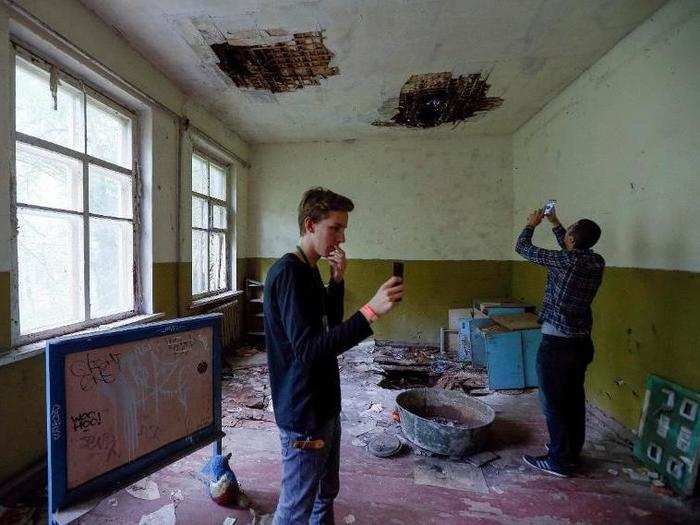
Corkhill said tour guides will ask you to cover your arms and legs to avoid any skin contact with radioactive material. Closed footwear is also required.
In the summer, she said, it becomes very hot, but visitors should avoid rolling up their long sleeves. The only parts of your body should really be exposed, she said, are your face and hands.
Try not to touch anything.
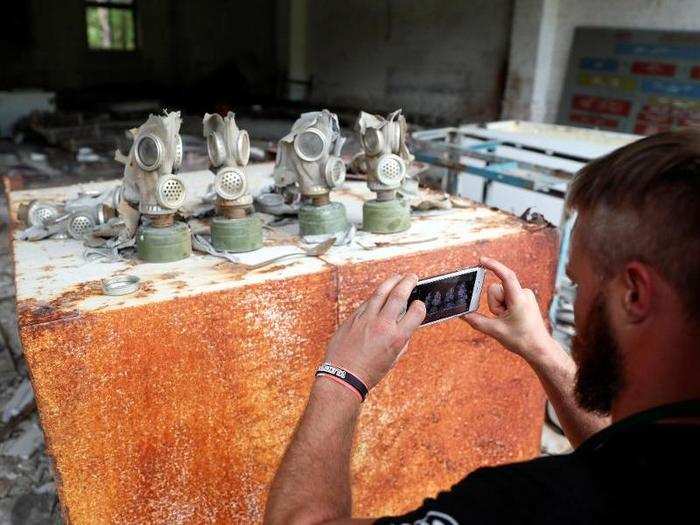
Visitors are instructed not to touch any artifacts, trees, or building walls. They also shouldn't set their cameras down on the floor or eat outdoors in the exclusion zone.
All tourists are required to have a guide, who should tell you what behaviors are off-limits.
If you've been exposed to radiation, wash off before bed.
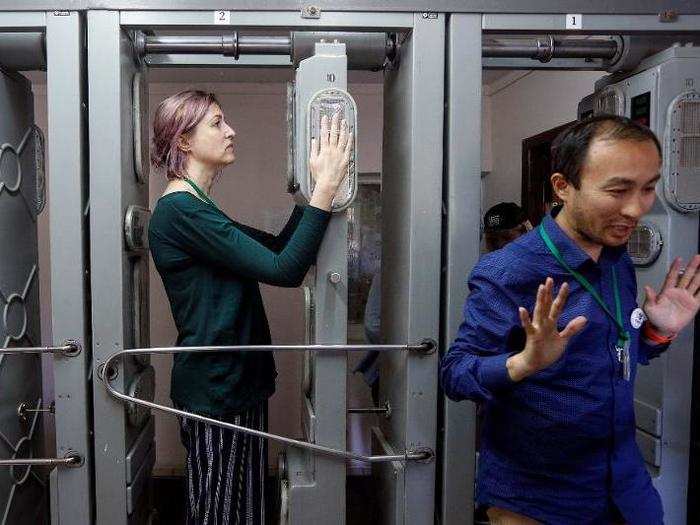
If you accidentally sat on the ground or touched a potentially contaminated object, Corkhill recommends taking a shower that evening.
"As long as you wash it off before you go to bed, then there should be no problem whatsoever," she said.
Visitors to the exclusion zone are required to pass through control checkpoints that detect radiation levels, so you should know if your clothing has been contaminated. Contaminated clothing will either be washed or confiscated, depending on the level of radiation.
Watch out for holes in the ground.
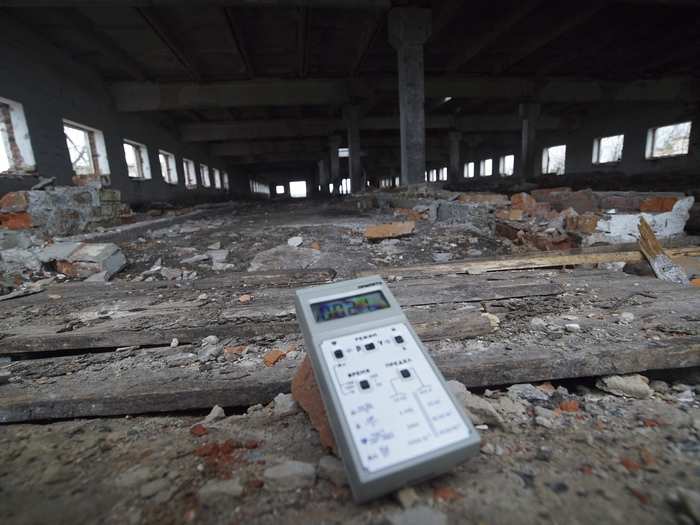
"The major hazard to safety is not from the radioactivity," Corkill said. "It's from entering the buildings themselves."
Corkill said the buildings in Pripyat have "whopping great big holes" in the floor. That's also the case for the streets, where scrap metal merchants removed the coverings from manholes.
When it comes to these hazards, Corkill said, visitors aren't given much of a warning, so they should be extra careful.
Read more Chernobyl coverage:
Real-life characters in HBO's 'Chernobyl' on the moment they found out about the disaster
What HBO's 'Chernobyl' gets right (and wrong) about the world's worst nuclear power plant accident
Popular Right Now
Popular Keywords
Advertisement